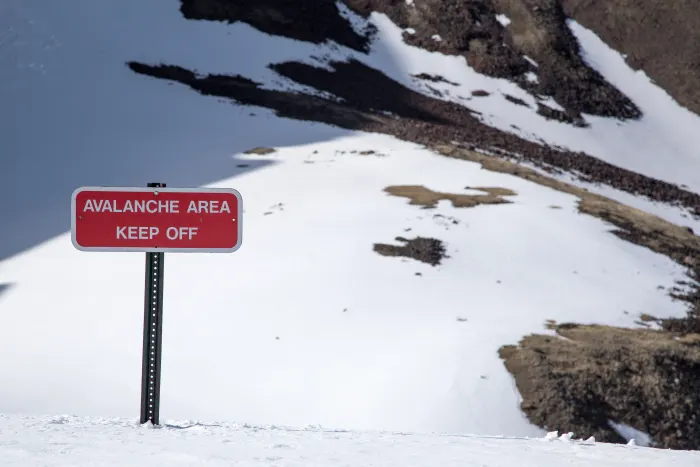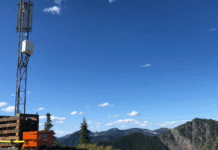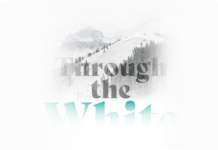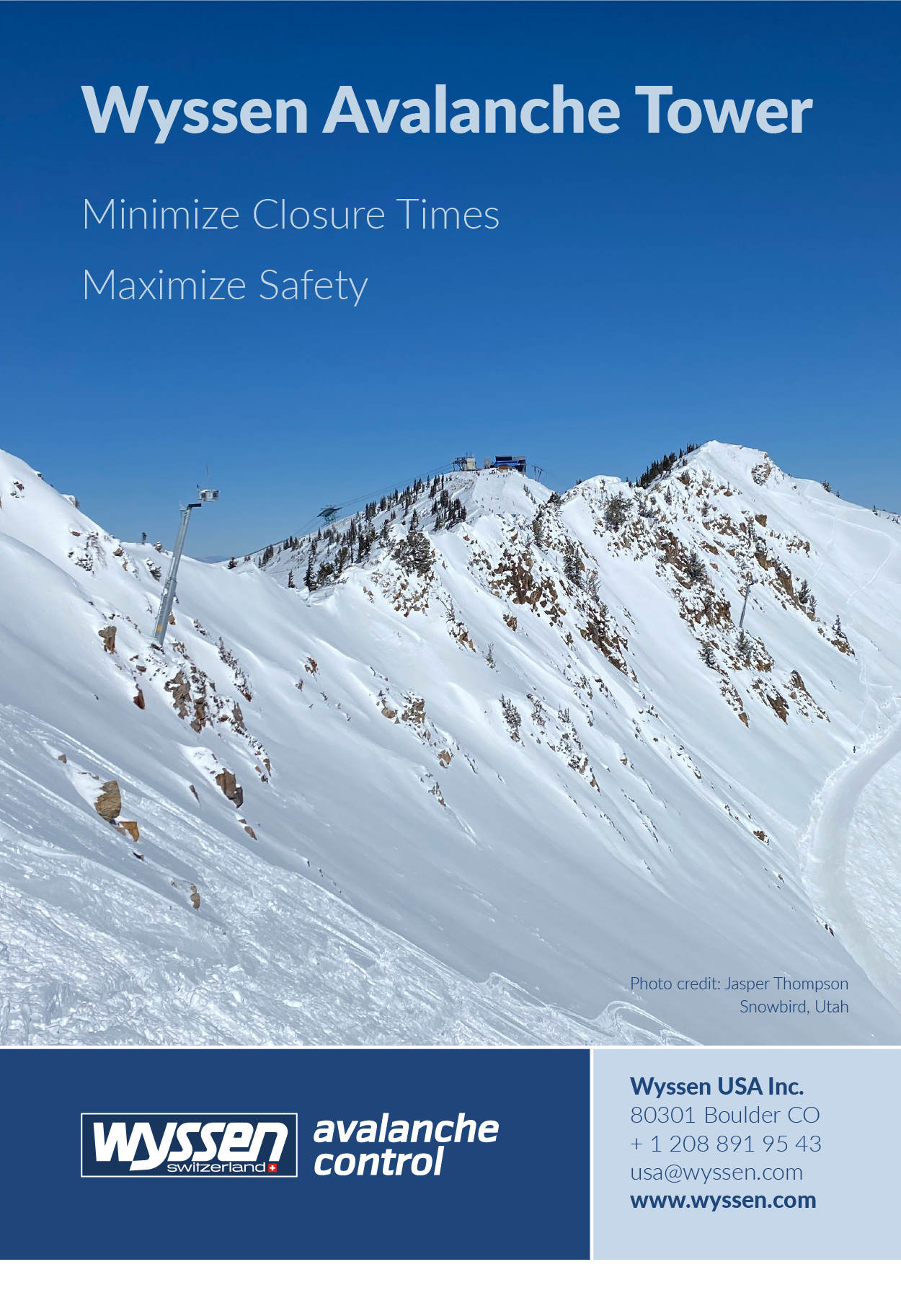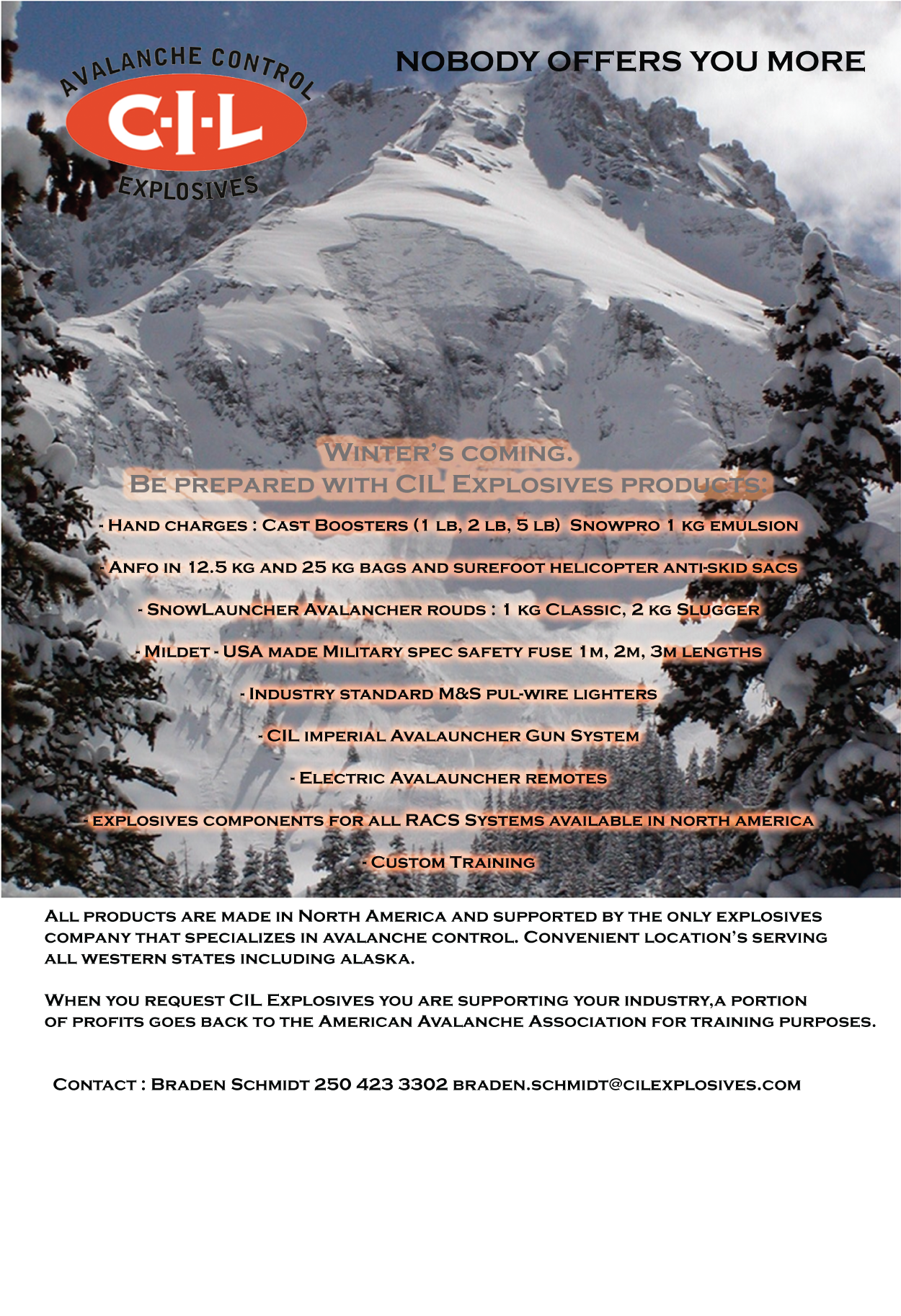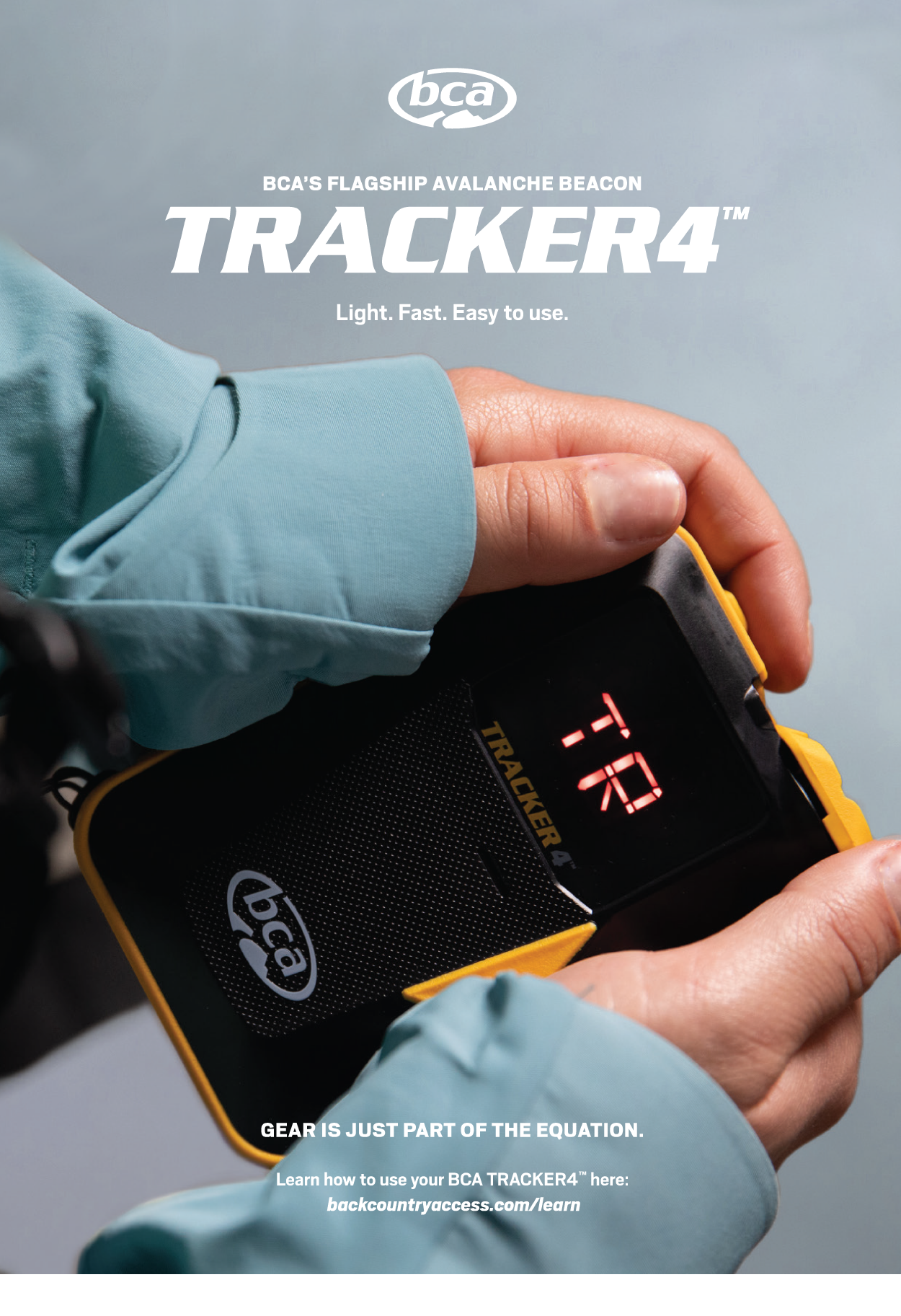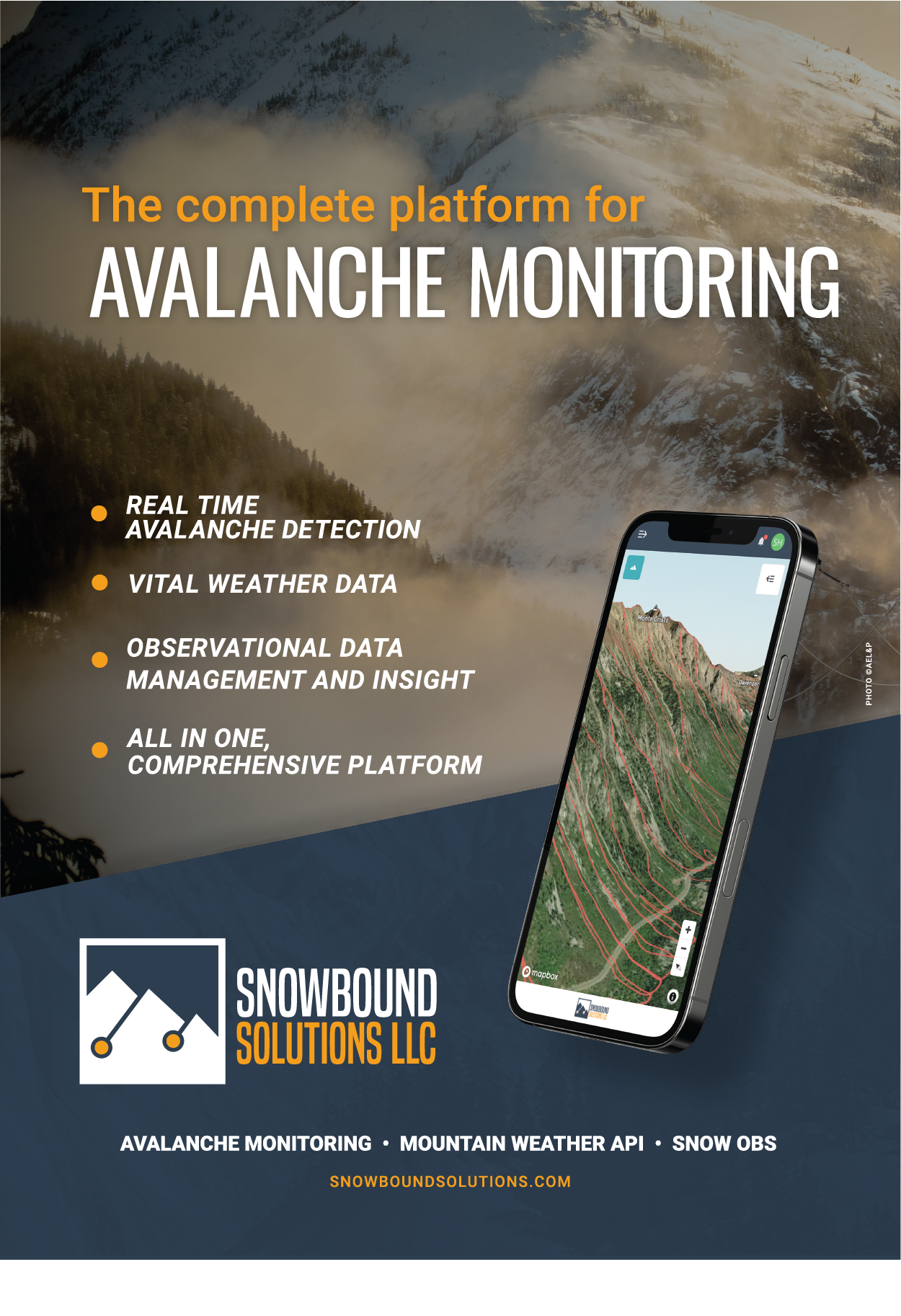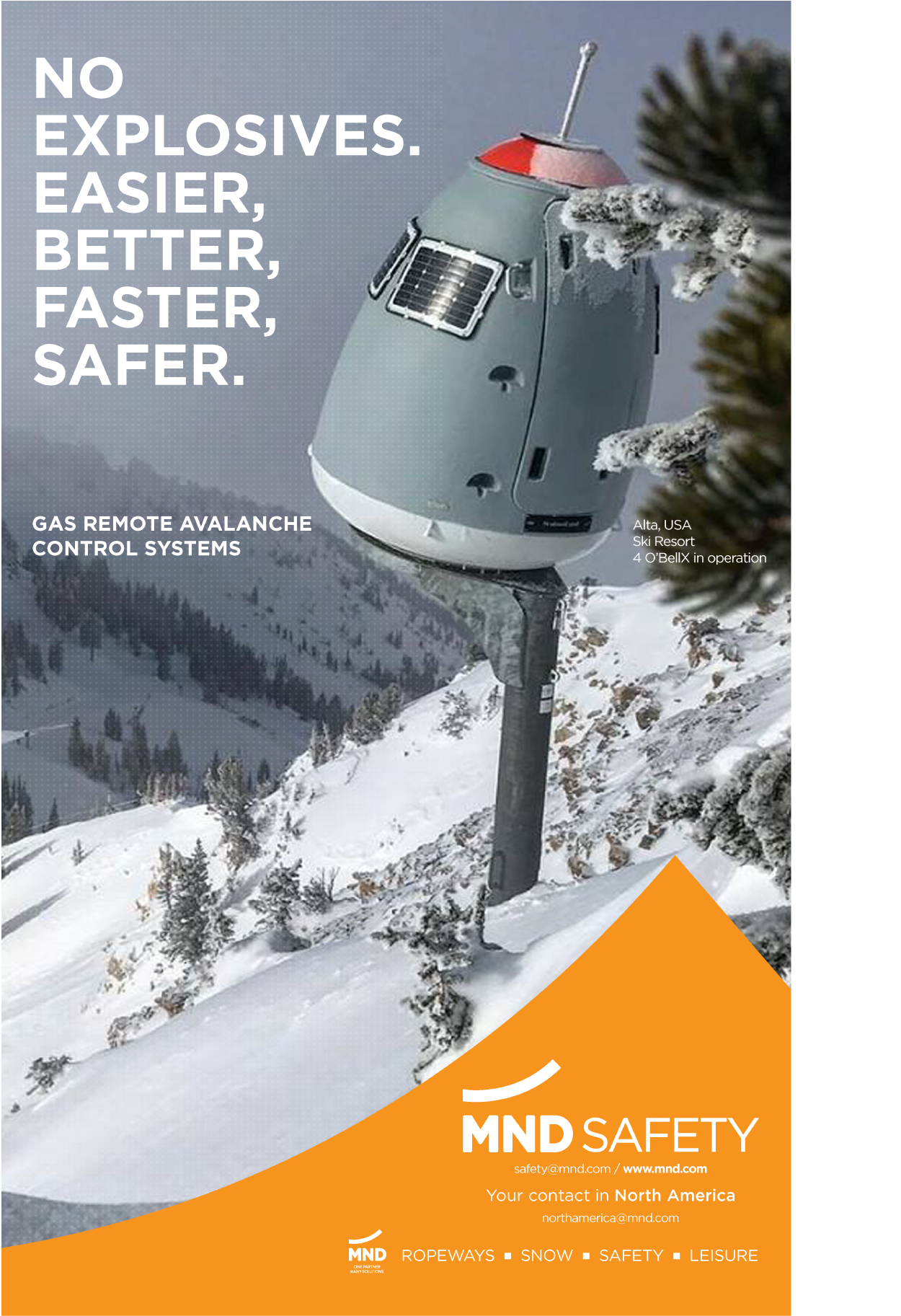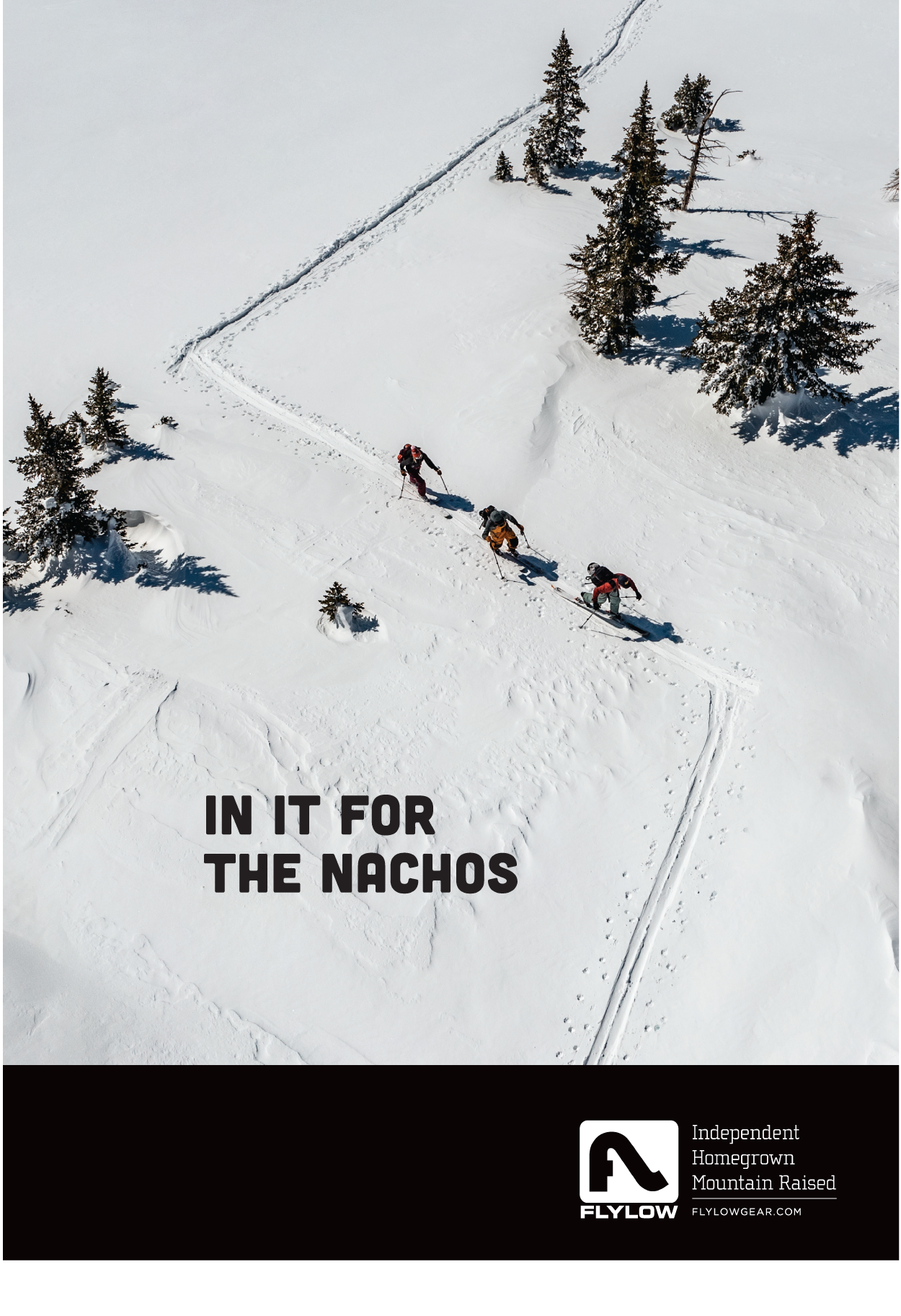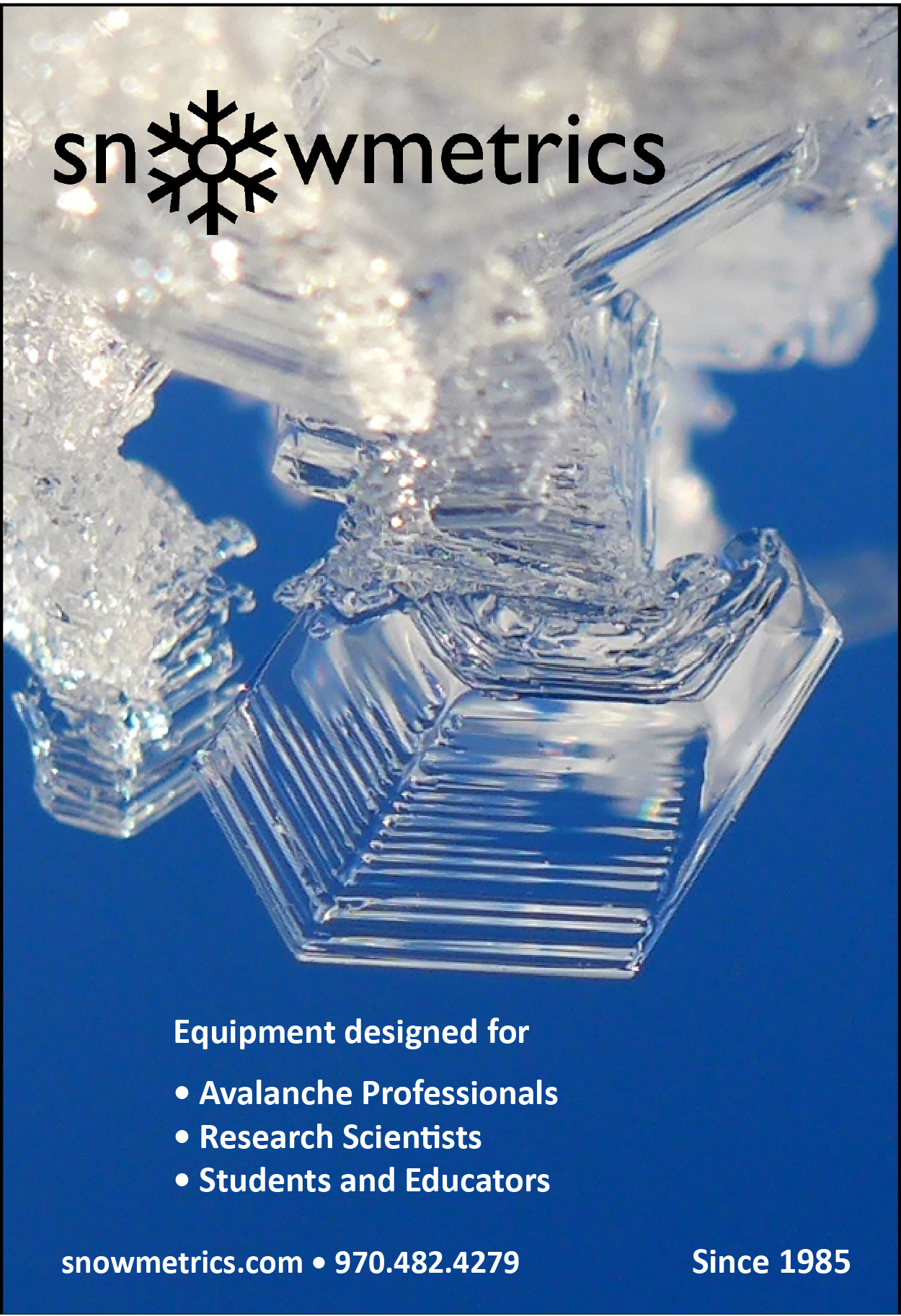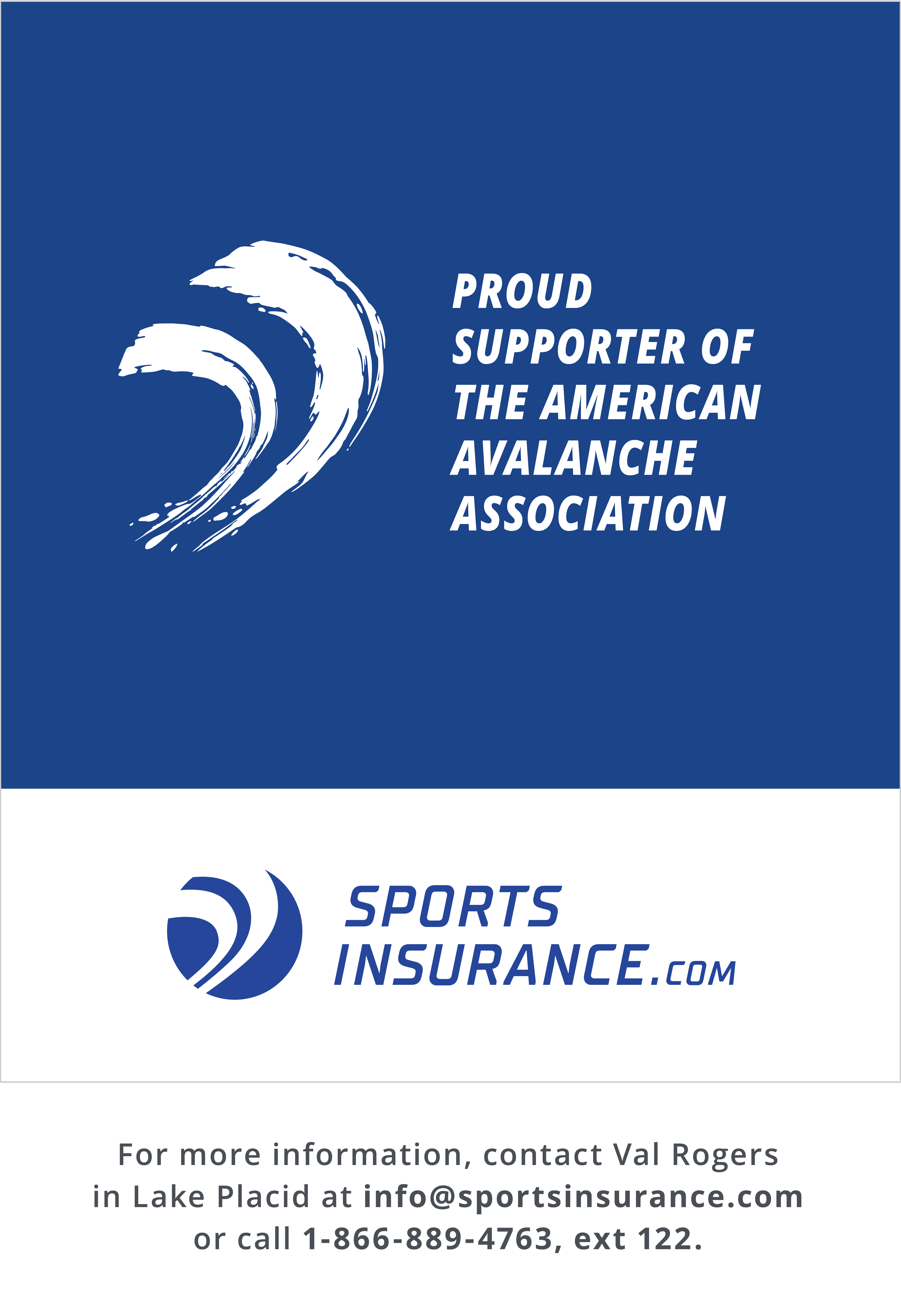Communicating avalanche danger to the masses isn’t as easy as it might seem.
Story & photographs by POWDER Magazine written by Ian Greenwood, published May 16, 2024
Click here for the full article
On crisp winter mornings, the Utah Avalanche Center employee responsible for publishing daily public avalanche forecasts in the Salt Lake City, Utah, area arrives at an office near the international airport. There, they drink from the proverbial fire hose, translating raw data into digestible backcountry safety messaging. The task is weighty—failures to communicate where and when avalanches might occur could endanger hundreds, if not thousands, of backcountry skiers.
The UAC’s director, Mark Staples, likens avalanche forecasting to storytelling: “This is an article that we’re writing throughout the whole season, and we’re just writing little chapters of it.” To write each chapter—or individual forecast—any given avalanche forecaster has to know how the story started. Continuity is essential, as avalanche-producing instabilities in the snowpack can exist for weeks, months, or even an entire winter. Like a well-written antagonist, their threat always looms, forcing forecasters to build what Staples calls a “mental model” of the snowpack.
For forecasters, dialogue is a crucial element of this process. “The real secret sauce is just the informal ongoing communications,” said Staples. UAC forecasters rely on each other throughout the season alongside outside sources of information, like ski resorts, weather data, and crowdsourced avalanche observations submitted by backcountry users. Time spent studying the snow’s intricacies in person is vital, too. On average, a forecaster-conducted field day supports every two UAC avalanche forecasts. All the bits of knowledge forecasters accrue slot into their mental models… Continue reading here.

